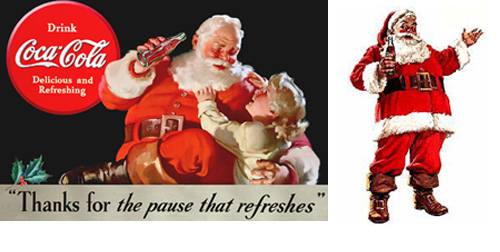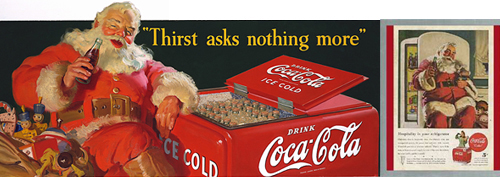 It may seem amazing that in this day and age of the Internet, people still send greeting cards. More than 2 billion Christmas cards in the U.S. alone, billions of more New Year cards, Easter cards, Valentine Day cards and so on. Studies like this one show that up to 90% of people still prefer to get an old fashion greeting card vs an email card. Still, you may wonder why. After all, an email card is still a “card,” just delivered electronically instead of snail mail. Below are five reasons I’ve come across while doing the research for our TaDa Greeting Cards company.
It may seem amazing that in this day and age of the Internet, people still send greeting cards. More than 2 billion Christmas cards in the U.S. alone, billions of more New Year cards, Easter cards, Valentine Day cards and so on. Studies like this one show that up to 90% of people still prefer to get an old fashion greeting card vs an email card. Still, you may wonder why. After all, an email card is still a “card,” just delivered electronically instead of snail mail. Below are five reasons I’ve come across while doing the research for our TaDa Greeting Cards company.
1) It’s more personal. Getting a personal letter always feels more personal than something you receive over the Internet. Part of this is psychological, part may be kinesthetic–you get to feel the card. I compare this to reading a real book vs reading something online. I don’t mind getting my news and daily information online (I read 30 to 40 news feeds a day) but if I want to read something deeper, something that takes time and thought, I’ll read a real book. There’s something gratifying about opening a letter and sitting down and reading it away from the office, computer and your work life.
2) It’s more emotional: I still have boxes of cards and letters my dad sent to his mom, brothers, and my mother from the 1950s and early 60s. He’s long gone but the cards and letters remain. I enjoy seeing how he expressed himself, and his style of writing. He wasn’t a Hemingway–not even college educated–but he got his point across in his own way, and often emotionally. When he was traveling the world on oil tankers, he’d write back about how he “missed home.”
3) It has more impact: This is particularly true with personal photo cards where you can post your family, friends or even dog’s picture. Part of the problem with e-cards is that on one level, they just represent another email in the (overloaded) email box. Easy to scan, efficient, yes. But also easy to gloss over or delete. A real card can stay up on the fireplace mantle or bedroom dressers for days or weeks. Continue reading →












